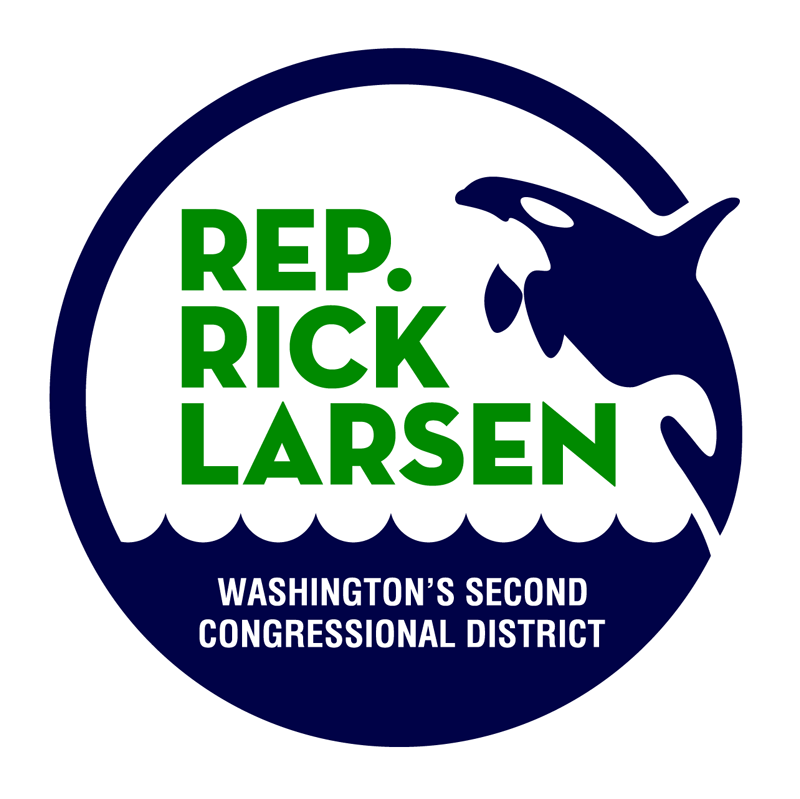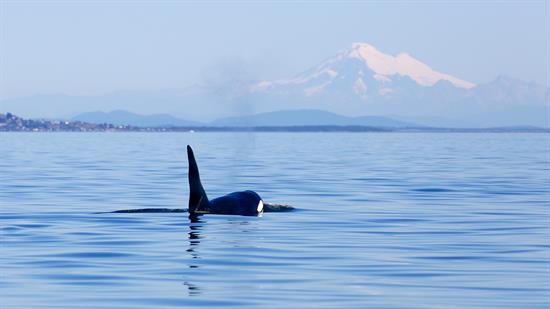Press Releases
Larsen Applauds $7.6 Million for Coastal Resilience Projects in Northwest WashingtonSnohomish County, Whidbey Camano Land Trust and Tulalip Tribes Awarded Grants
Everett, WA,
December 12, 2022
Rep. Rick Larsen (WA-02) applauded a total of $7,633,700 in grants awarded to three projects spearheaded by Snohomish County, the Whidbey Camano Land Trust and the Tulalip Tribes in Washington’s Second Congressional District.
EVERETT, WA – This week, the National Fish and Wildlife Foundation (NFWF) and the National Oceanic and Atmospheric Administration (NOAA) announced more than $136 million to enable coastal communities in Washington state and across the country to prepare for storm and flooding impacts and enhance fish and wildlife habitats. Rep. Rick Larsen (WA-02) applauded a total of $7,633,700 in grants awarded to three projects spearheaded by Snohomish County, the Whidbey Camano Land Trust and the Tulalip Tribes in Washington’s Second Congressional District. “Thanks to the Bipartisan Infrastructure Law, Northwest Washington communities have the critical resources they need to build more resilient coastal infrastructure, create green jobs and protect the environment, including salmon and wildlife habitat,” said Larsen, a senior member of the Transportation and Infrastructure Committee. “I will continue to champion robust federal funding to better protect communities from flooding events and improve salmon habitat connectivity to ensure Washington meets its treaty obligations to Indian Tribes.” The grants are awarded through NFWF’s National Coastal Resilience Fund, which invests in conservation projects that restore, increase and strengthen natural infrastructure to protect coastal communities while also enhancing habitats for fish and wildlife. Larsen supported the Bipartisan Infrastructure Law, which invests $93.7 million in the Fund this year. Restoring Salmon Habitat at Thomas’ Eddy Snohomish County was awarded $5,844,800 to restore floodplain connection at Thomas’ Eddy on the Snohomish River to enhance juvenile salmon rearing opportunity. “Snohomish County is honored to receive this grant, allowing us to complete the Thomas’ Eddy Floodplain Restoration Project and make more progress on my Puget Sound Initiative,” said Snohomish County Executive Dave Somers. “We want to thank Rep. Rick Larsen for his support in securing this funding and the National Fish and Wildlife Foundation for partnering with us. When this project is complete, critical habitat for threatened salmon will be restored, the Snohomish River floodplain will be more resilient, and there will be improved public access for people to fish, hike, and enjoy the beauty of Snohomish County’s Bob Heirman Wildlife Park.” Building a More Resilient Admiralty Bay The Whidbey Camano Land Trust was awarded $1,422,500 to acquire 210 acres of shoreline, associated feeder bluffs, forest and riparian habitat and open fields on Admiralty Bay to protect and enhance salmon coastal habitat and build resilience. “The Land Trust is thrilled to have been chosen to receive the National Coastal Resilience Fund grant for Keystone Preserve, and the opportunity to showcase how habitat protection and restoration can help keep Island communities resilient to the impacts of climate change,” said Whidbey Camano Land Trust Executive Director Ryan Elting. “There aren’t many chances left to protect this much shoreline and forest on the Islands, and allow the public to see first-hand how strategic conservation benefits communities and the environment.” Improving Flood Hazard Management on Tulalip Land The Tulalip Tribes of Washington were awarded $366,400 to build on the Tribes’ ongoing work to evaluate adaptive responses to coastal flooding hazards and develop nature-based solutions to mitigate effects of sea-level rise on ecosystem services and infrastructure along the Tulalip shoreline. “We are salmon people and people of the water,” said Tulalip Tribes Chair Teri Gobin. “We always live near that water because that is who we are. Sea level rise is a real threat to our harbor and tribal buildings on Tulalip Bay. This project will help us return the shoreline to a state similar our traditional management. We expect it to restore our shoreline and provide food and income for the Tribes.” For more information about the National Coastal Resilience Fund, click here. ### |

